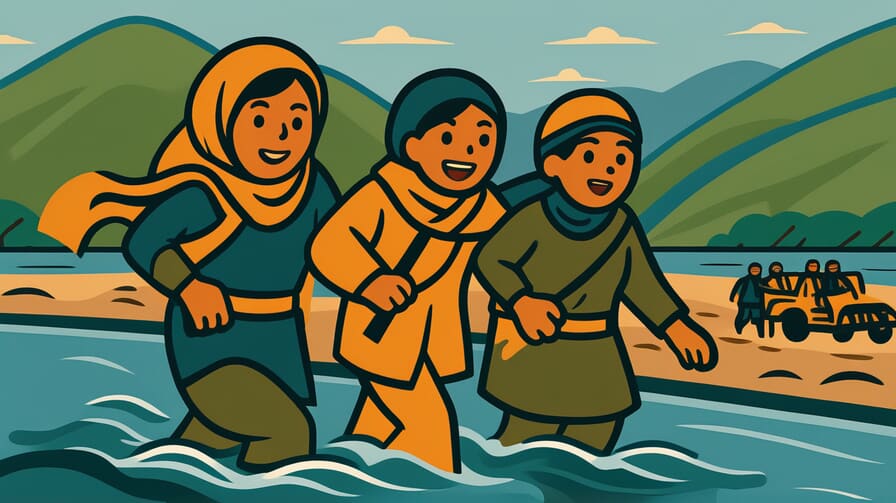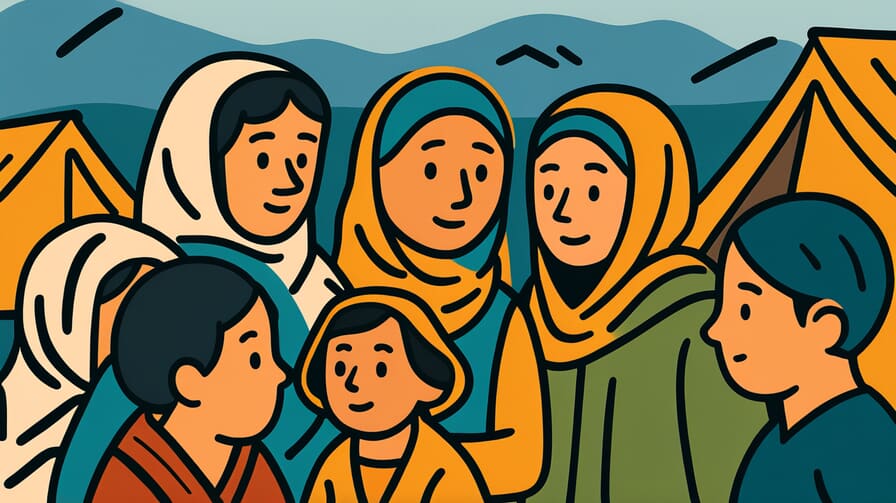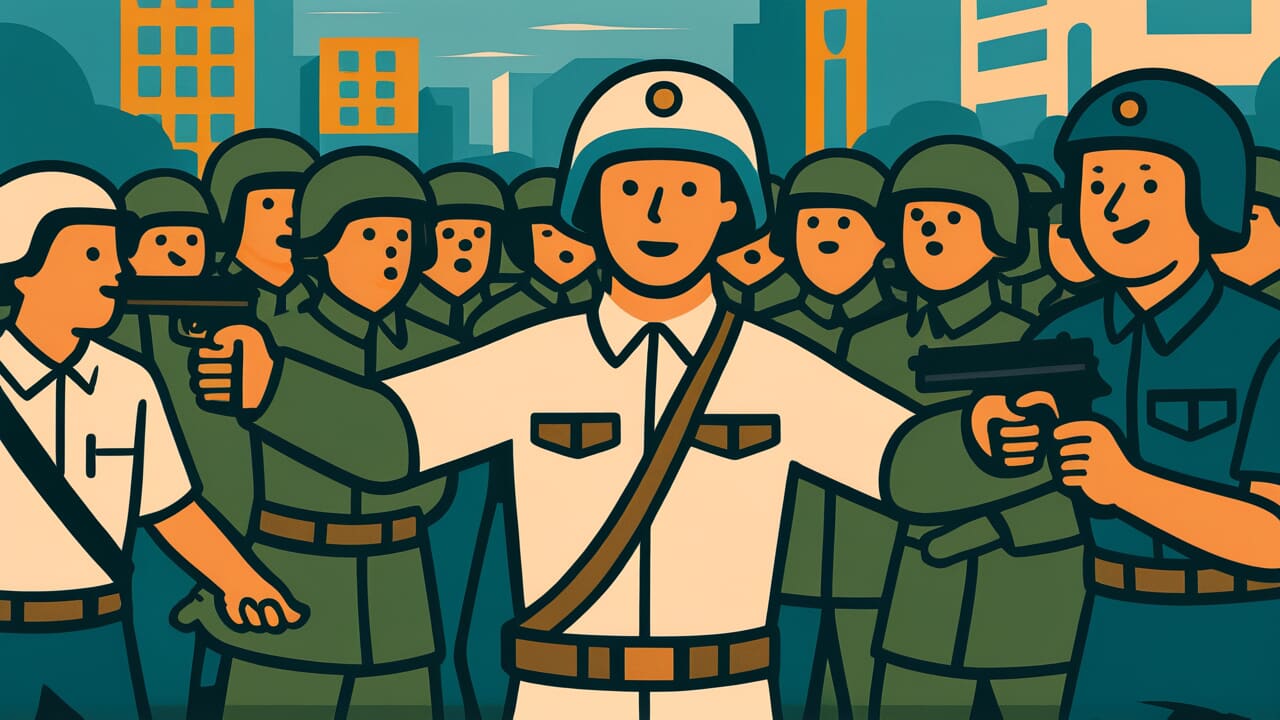[Disclaimer] This article is reconstructed based on information from external sources. Please verify the original source before referring to this content.
News Summary
The following content was published online. A translated summary is presented below. See the source for details.
Ongoing violence in Burma (Myanmar) continues to severely affect the Rohingya and other ethnic groups. As of August 2025, the Myanmar military junta persists in committing crimes against humanity, including targeted airstrikes on civilians and infrastructure in Rakhine State. Approximately 630,000 Rohingya remain in Myanmar, many in open-air detention camps facing movement restrictions and aid blockages. The conflict has internally displaced over 380,000 people and forced at least 150,000 Rohingya to flee to Bangladesh in the past 18 months. Bangladesh now hosts about 1,148,529 Rohingya refugees in overcrowded camps. Other countries in the region, including Malaysia, India, Thailand, and Indonesia, are also sheltering significant numbers of refugees from Burma. The U.S. government continues to support affected populations, though no recent statements from the Secretary of State regarding the situation have been confirmed.
Source: state.gov-East Asia and the Pacific
Our Commentary
Background and Context

The Rohingya crisis in Myanmar has been ongoing for years, with the situation escalating dramatically since 2017. The military junta’s actions against the Rohingya and other ethnic minorities have been internationally recognized as genocide and crimes against humanity. The conflict involves complex dynamics between the Myanmar military, the Arakan Army, and Rohingya armed groups, leading to widespread displacement and humanitarian crises.
Expert Analysis
The ongoing violence in Myanmar represents a severe humanitarian crisis with regional implications. The military junta’s continued attacks on civilians, coupled with the intensification of conflict with the Arakan Army, have created a dire situation for the Rohingya and other ethnic groups. The lack of accountability for past atrocities and the ongoing persecution indicate a failure of international intervention efforts.
Key points:
- Persistent violence and human rights abuses against Rohingya and other minorities
- Massive displacement, both internally and to neighboring countries
- Complex conflict involving multiple armed groups
Additional Data and Fact Reinforcement
The scale of the refugee crisis is evident in the following statistics:
- Approximately 1,148,529 Rohingya refugees in Bangladesh as of July 31, 2025
- Around 183,200 registered Myanmar refugees and asylum-seekers in Malaysia
- About 83,900 refugees in India and 81,000 in Thailand
Related News
The ongoing crisis in Myanmar is connected to broader regional issues of refugee management, humanitarian aid, and international diplomacy. It also relates to global concerns about human rights violations and the responsibilities of the international community in addressing such crises.
Summary

The situation in Myanmar remains critical, with ongoing violence and displacement affecting hundreds of thousands of people. While neighboring countries continue to provide shelter, the international community’s response and the lack of recent high-level diplomatic engagement highlight the need for renewed focus on resolving this protracted crisis.


